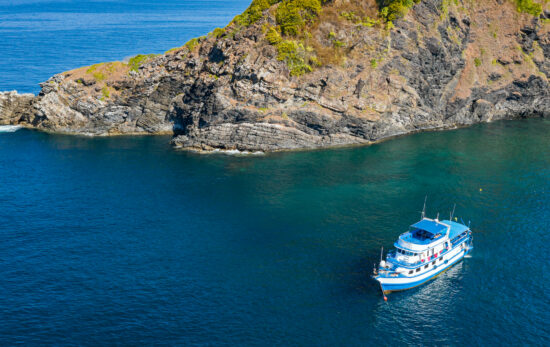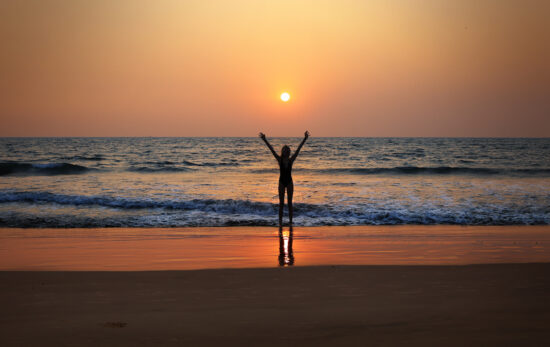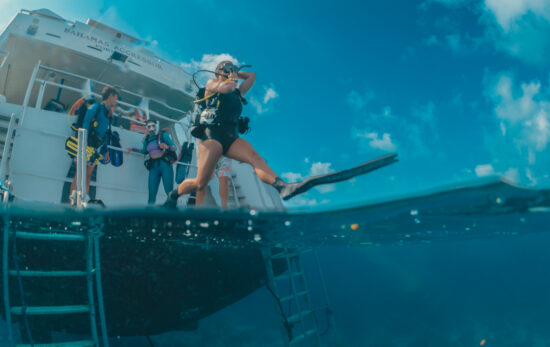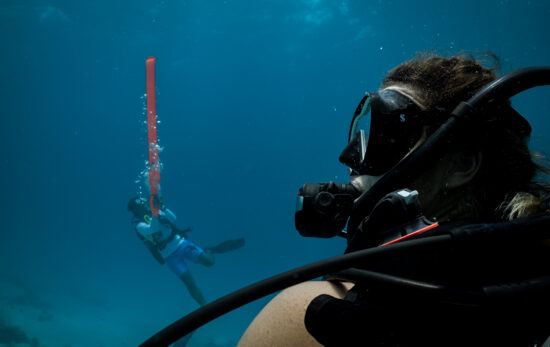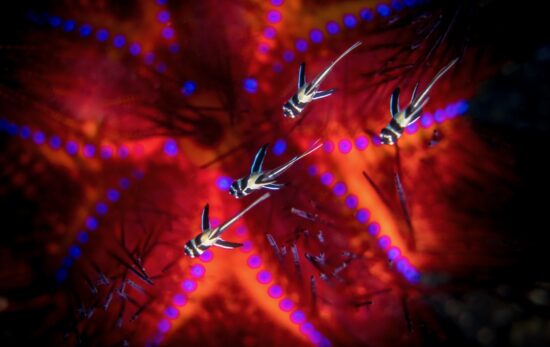Good buoyancy control can increase your diving time, conserve your air and ensure that you avoid any accidental damage to the fragile marine environment.
If you find that you are going up and down more than you’d like to be, check out these top ten tips for perfecting your buoyancy and diving like a pro.
Visit Scuba Diving Magazine for everything you need to know about scuba BCDs all in one place, including buyer’s guides, head-to-head reviews and how-to guides.
1. Be patient when adjusting your buoyancy. Release or add air from your scuba diving buoyancy control device (BCD) in small increments and make sure to give it time to take effect. Being impatient will only take you longer to find your neutral buoyancy.
2. Wetsuits lose buoyancy as they get wet and air bubbles compress due to pressure. Although you may feel underweighted because of this, it is best to wait until you’ve been in the water for a little while before deciding to make any adjustments – especially if you are using a new or rented wetsuit and are unfamiliar with its effects. Take into into account the thickness of the wet suit. A thicker wet suit is more buoyant.
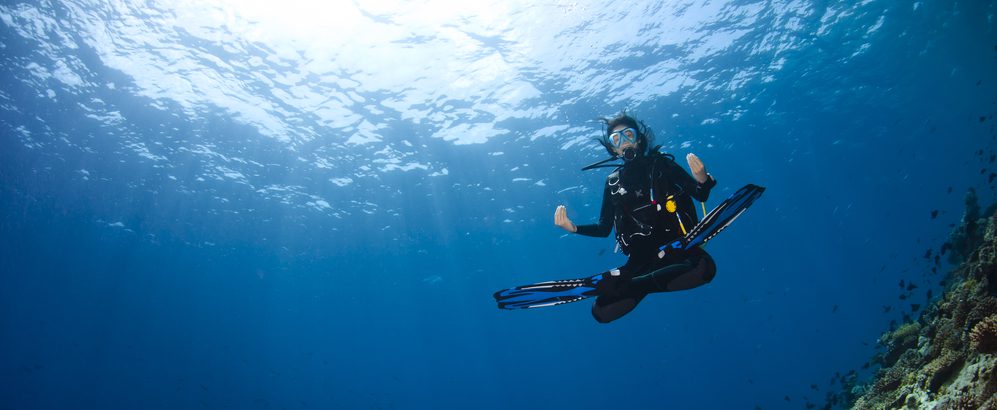
3. Relaxed, deep breathing is a vital element to a good buoyancy control. Before doing anything else, check how you breathe. You should be breathing slowly using your diaphragm to ensure full exchange of oxygen within your lungs. This will also make you more relaxed during your dive.
4. Keeping a record of the weights used for each dive will provide a guideline that can be useful in making adjustments when at a new dive location.
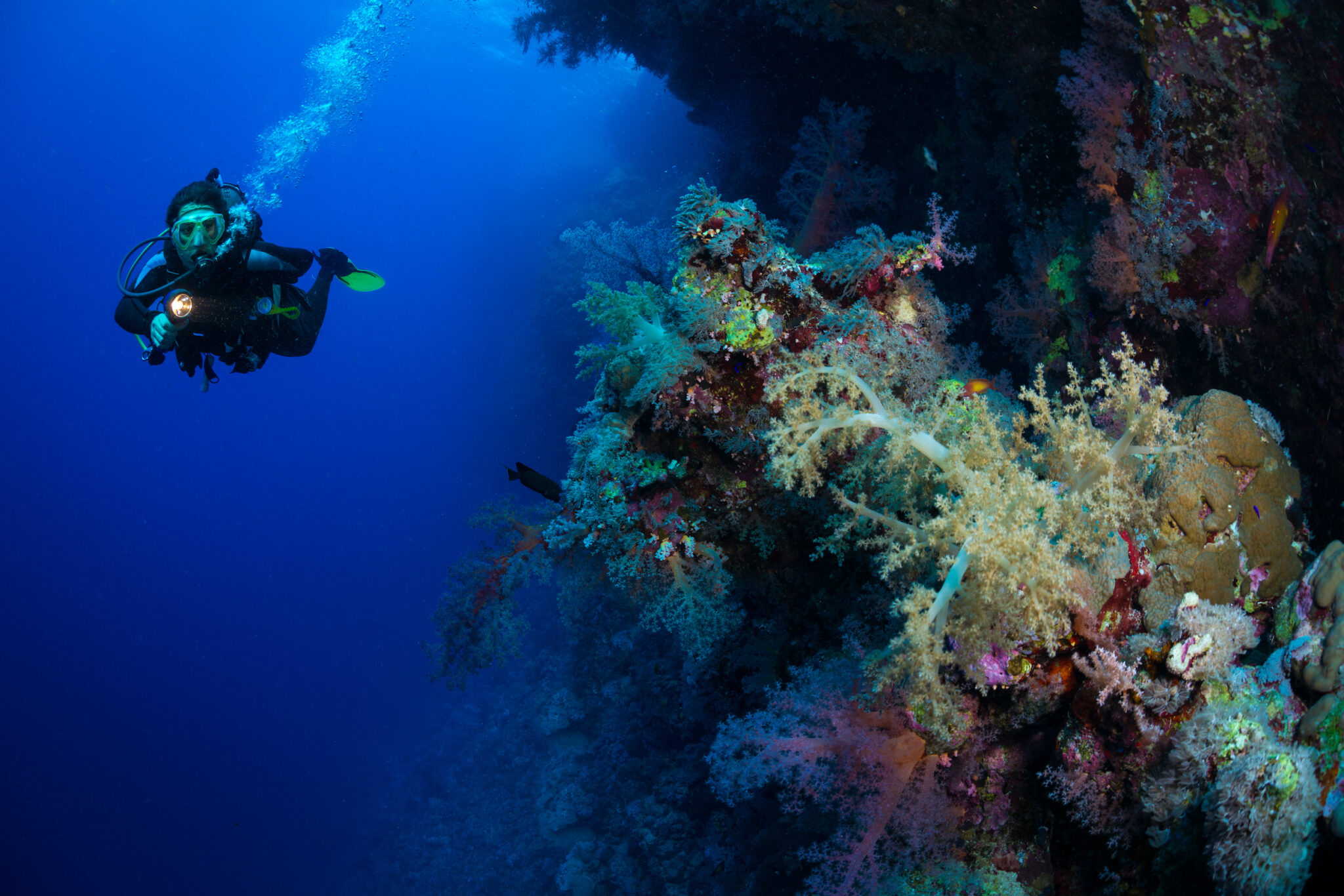
5. Most beginners are overweighted. On the surface, a diver should float at eye level with the water with no air in his or her BC but a full breath of air in their lungs. As an extra check, when they breathe out, they should slowly descend.
6. Stay horizontal in the water so that your kicks will propel you forward, not upward. It might be necessary to adjust the location of your weights. Be patient as this is a matter learned through experience.
7. Holding your breath underwater is not only dangerous, it also results in extra buoyancy.
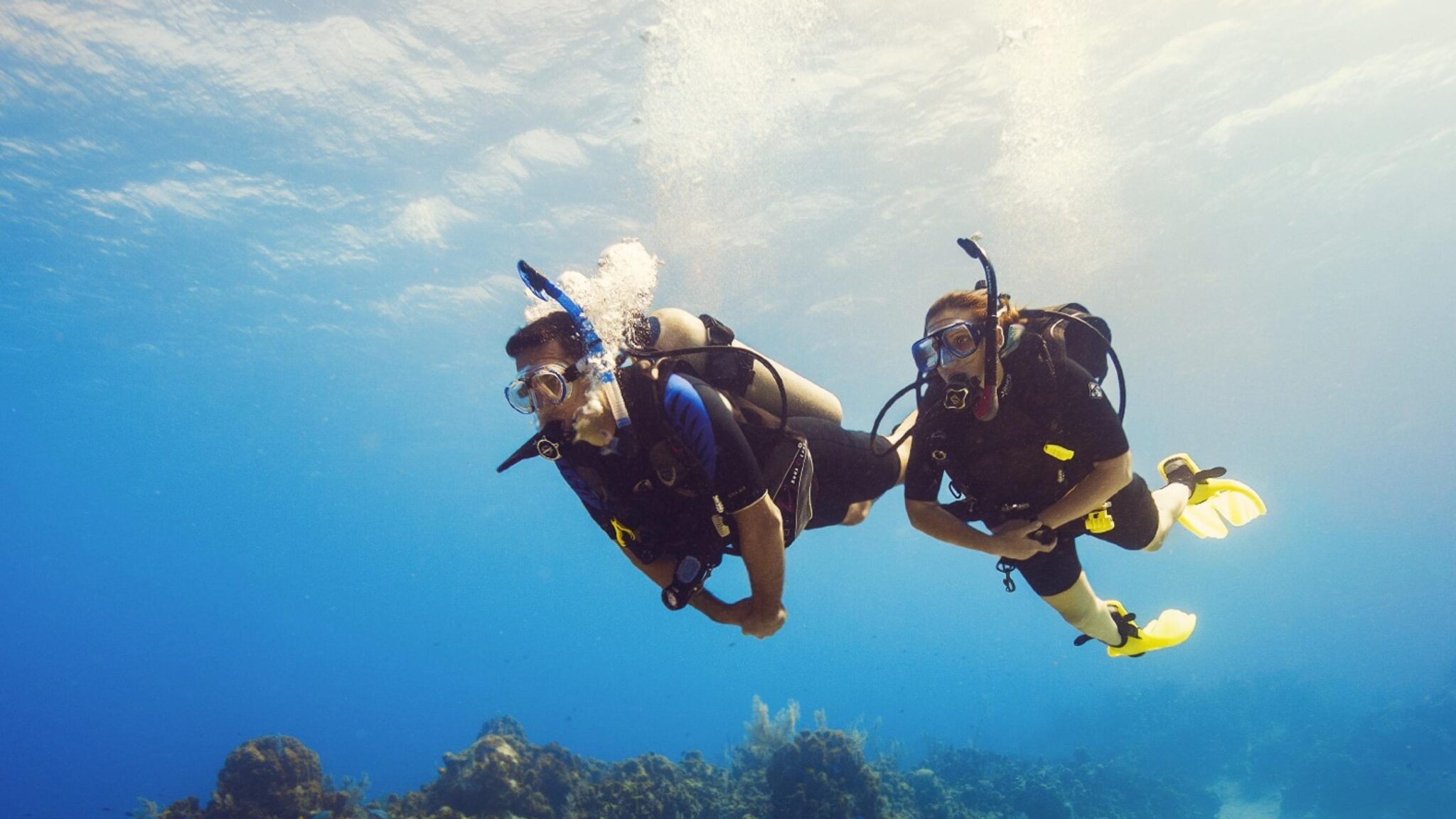
8. Take note of body make-up. Since muscle is denser compared to body fat, a heavily-muscled individual is less buoyant compared to a person with less muscle.
9. Since salt water is denser compared to fresh water, more weight is required for sea dives as opposed to fresh water dives.
10. Take further training! The PADI Advanced Open Water Course includes five Adventure dives, one of which can be the PADI Peak Performance Buoyancy Adventure Dive. If you are already PADI Advanced Open Water certified, consider taking the Peak Performance Buoyancy Specialty Diver course. You’ll learn how to perfect your buoyancy, become more comfortable underwater and your air consumption will improve – meaning more time underwater!
This blog was originally written by Jackie Hutchings and published on the Diviac Magazine.
